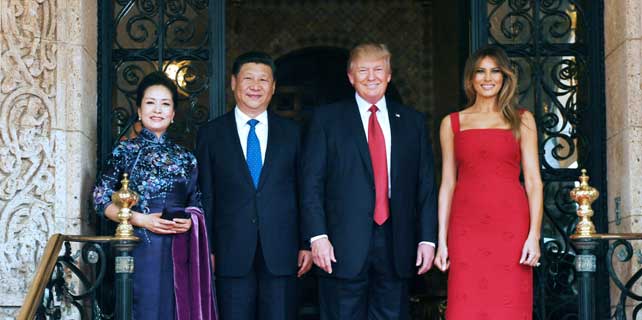China to face 'most challenging' year in economic reform: Shenzhen think tank
China's systematic economic reform, centered on the supply-side structural reform, has entered its "most challenging" stage this year and efforts should be made to better utilize the market to advance the reform, according to a report by Shenzhen-based independent think tank Innovation and Development Institute.
Headway was made in China's supply-side structural reform last year, although authorities still have many challenging tasks to accomplish this year, the report said on Friday.
China successfully met its target of reducing 45 million tons of steel production capacity and 250 million tons of coal production capacity last year, leading to a price increase of steel and coal products. Meanwhile, the country has managed to reduce commercial housing stock by 23.14 million square meters and lower the overall corporate asset-liability ratio by 0.4 percent. However, the country's overall enterprise leveraging level, or debt-supported social financing to GDP ratio, rose by eight percent, according to the institute's calculations.
"The supply-side structural reform has just started and [China] still faces daunting tasks [in pushing it forward]," the report said.
The report also said that authorities have taken many administrative measures to advance supply-side reform and suggested that the role of the market should be better utilized to improve the efficiency of reform in the long term.
"The principle of ‘allowing the market to play a decisive role in resource allocation', which is put forward by the top authorities, has not been fully implemented," said Wang Xiaolu, deputy director of the National Economic Research Institute. This is a main factor behind the bizarre phenomenon of so-called "zombie enterprises", which create serious losses and are technically bankrupt yet still have access to bank loans to remain sustainable, he said at a forum organized by the Shenzhen institute.
The report also said that China faces a major challenge in balancing growth stabilization and economic restructuring this year. "The government has had to repeatedly rely on investment and monetary supply increases to achieve its pre-set growth target," it said. "This year, China will still have to balance achieving the growth target, restructuring and reform, and it will become more challenging and difficult."
The report, published annually, summarizes the achievements of China's political, economic and social reforms last year, points out problems that have occurred in the process of reform, and provided suggestions for further reforms this year and upcoming years.
















